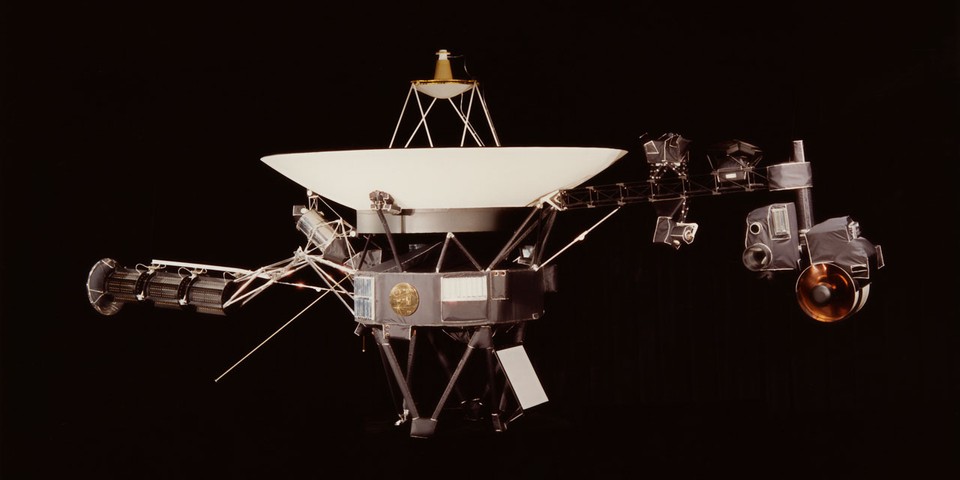
NASA's Voyager 1 Detects A New Humming Sound 14 Billion Miles From Earth
Launched into space in 1977, NASA‘s Voyager 1 is the most distant human-made object from Earth, currently residing 14 billion miles away from the planet. The spacecraft first reached interstellar space roughly 10 years ago, allowing experts to make game-changing explorations beyond the “heliopause,” or the boundary where the Sun’s solar wind is halted by the interstellar medium. NASA’s latest Voyager 1 discovery details the revelation of an ominous humming noise from surrounding plasma waves, and scientists are still working to explain its origin.We have some ideas about how far Voyager will need to get to start seeing more pure interstellar waters, so to speak, said Stella Ocker, a Ph.D. student at Cornell University, and the newest member of the Voyager team, to NASA. But we’re not entirely sure when we’ll reach that point.According to Ocker’s new study, published in Nature Astronomy on Monday, NASA’s new detection is likely the first “continuous measurement of the density of matter in interstellar space,” which will provide further clarity on the relationship between stars and the interstellar medium’s turbulent waves.This detection offers us a new way to measure the density of interstellar space and opens up a new pathway for us to explore the structure of the very nearby interstellar medium, Ocker said.The medium’s waves, which occur due to the galaxy’s rotation and smaller supernova blasts, provide insight on the uncharted territory’s density, a value that shapes human understanding of the heliosphere, star formation, and Earth’s location in comparison.Three months after exiting the heliosphere in November 2012, Voyager 1 captured interstellar waves for the first time. Six months following, the probe picked up a second whistling sound, which was louder and higher-pitched, indicating that the interstellar medium thickens at a fast rate.Ocker claimed that the abrupt humming sounds in the latest data appeared to track interstellar density, noting that the tone of the plasma wave emission rises and falls with each “whistle” noise.This is really exciting, because we are able to regularly sample the density over a very long stretch of space, the longest stretch of space that we have so far, said Ocker. This provides us with the most complete map of the density and the interstellar medium as seen by Voyager.In other space news, NASA’s Ingenuity helicopter recorded its first audio clip on Mars.
……Read full article on HYPEBEAST
Space
Comments
Leave a comment in Nestia App